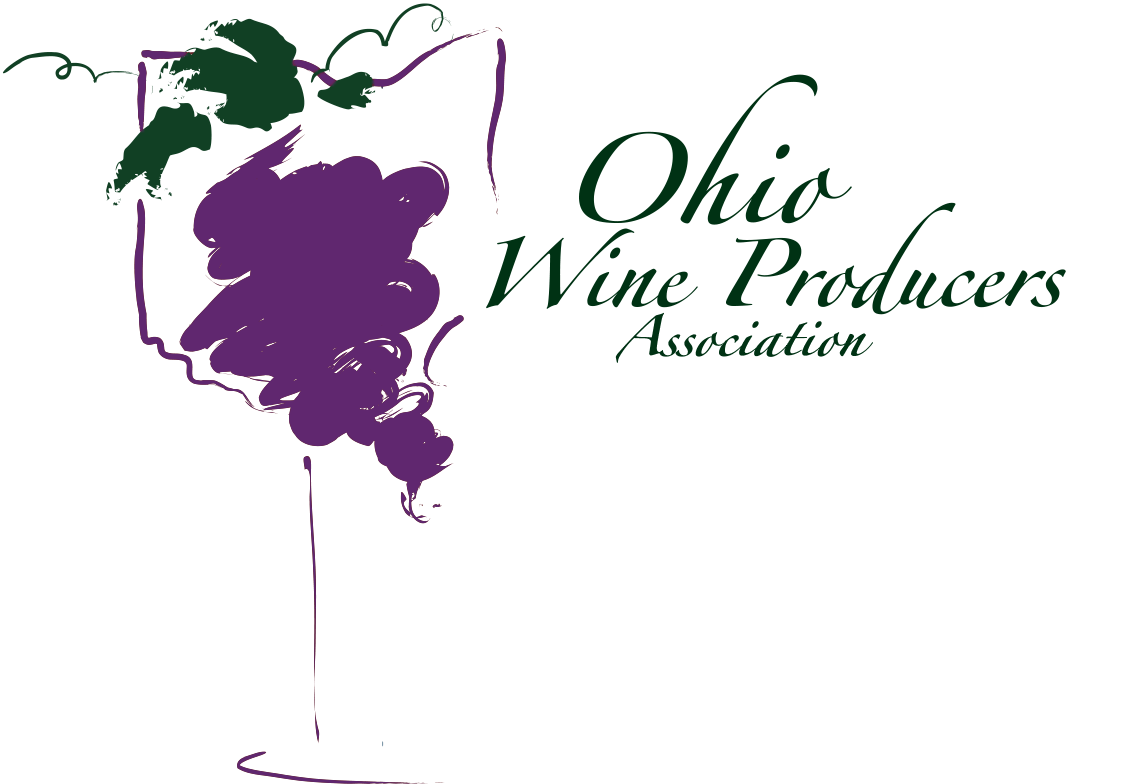2024 Winter Pruning
Pruning the vineyards from early winter until the coming spring bud break.
Each row of grapes is tended up to 35 times by a winegrower. One of the most critical tasks takes place during Ohio’s least hospitable seasons.
During the coldest winter months, grapevines are dormant, standing stark and black against white, drifting snow. However, while the vines rest, area grape growers are planning pruning strategies to clear away the tangled mass of canes left from the prior growing season. Those plans will come into play as soon as farmers can get into the fields.
Every grape variety has its own trimming timetable, based on its winter “tenderness” rating. Hardy Concords and Catawba’s, are tackled first, followed through the season by more winter-sensitive French hybrids [Vidal Blanc, Chambourcin] and finally by the most sensitive viniferas [Chardonnay, Riesling, Cabernets, Pinots] which are trimmed only when all danger from sub-zero temperatures has passed.
The pruning style [aka training system] used varies from variety to variety too. Systems have evolved over several decades as researchers discovered how to obtain the optimum yield from each, balancing crop size with the vines’ ability to produce premium quality fruit.
The old timers remember when Concords were pruned using a “fan system.” A central trunk fed a spread of smaller canes attached to two wires strung along a line of 6-foot posts. In the fifties and sixties, the Umbrella system called for longer canes that extended over the top wire that were then pulled down to the lower wire. Yields per acre increased substantially. When researchers from Cornell later developed the ‘Y’ shaped Geneva double curtain system, tonnage doubled again, especially for many area juice growers.
As Ohio winegrowers turned toward French hybrids in the seventies, one recommended system was a four-arm Kniffen style. Two long, horizontal canes extended from either side of a tall, main trunk, two on the high wire, two on a lower wire. The effect was to double fruiting zones. New growth on the canopy simply fell freely downward as the season progressed. This system was quite open and encouraged good airflow while it simplified hand-picking and spring thinning. [Some hybrids produce too many early bunches, preventing the vine from fully maturing all the fruit set so they must be painstakingly “thinned” when the buds are an inch or so long in mid-spring.]
When viniferas were first introduced in the region, several training systems were tried. Many local growers have now settled on the VSP [vertical shoot positioning] cordon [three- or four-inch spurs with two or three buds] style that uses a short trunk head. Vines are pruned to create a low fruiting zone, 30 to 36 inches off the ground. Many other leafy, but fruitless canes are trained vertically upward between two catch wires attached to the top of the posts to gather the most sunlight possible. Periodically, workers walk through the vineyards, hand positioning the new shoots within the tall catch wires. This narrow, high-reaching system exposes more leaves to direct sunlight through the summer. Posts are extended to 6 ½ or 7 feet to encourage even more efficient photosynthesis. It is a simple pruning system, which can be readily taught to even an unskilled vineyard worker. Through the summer, it also facilitates either hand or machine removal of excess leaves in the fruiting zone. Finally, the system encourages disease control by promoting good airflow to combat hot and humid summers. The result is acres of regionally grown vinifera fruit of exceptional quality from which our winemakers will produce nationally acclaimed Rieslings, Chardonnays, Cabernets, and Pinots.
So, as you drive past those tall, stark vines buried in snow drifts or sitting above muddy fields [this winter has been crazy with wild swings of snow, rain, and mud], think about the local growers who began pruning in early winter and will now frantically finish in their vinifera vineyards before bud break when pulling excess brush will damage the coming crops.
For additional information: dwinchell@ohiowines.org
